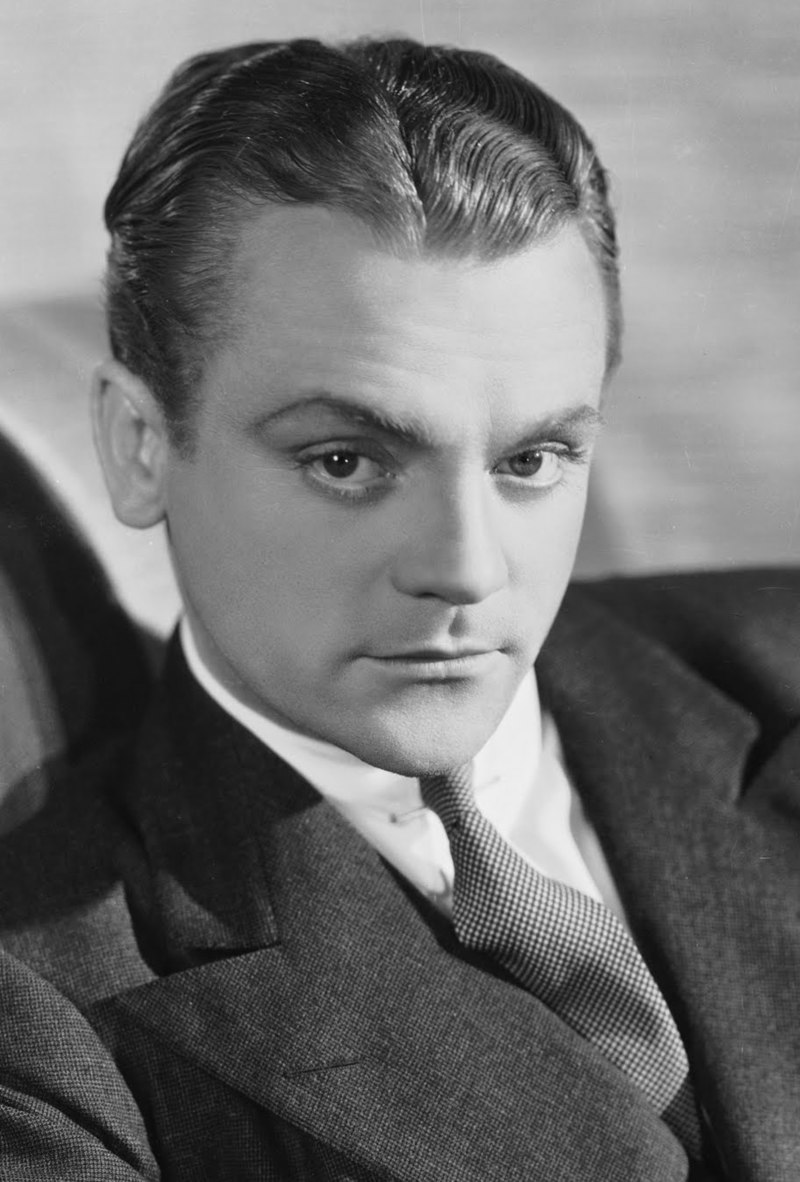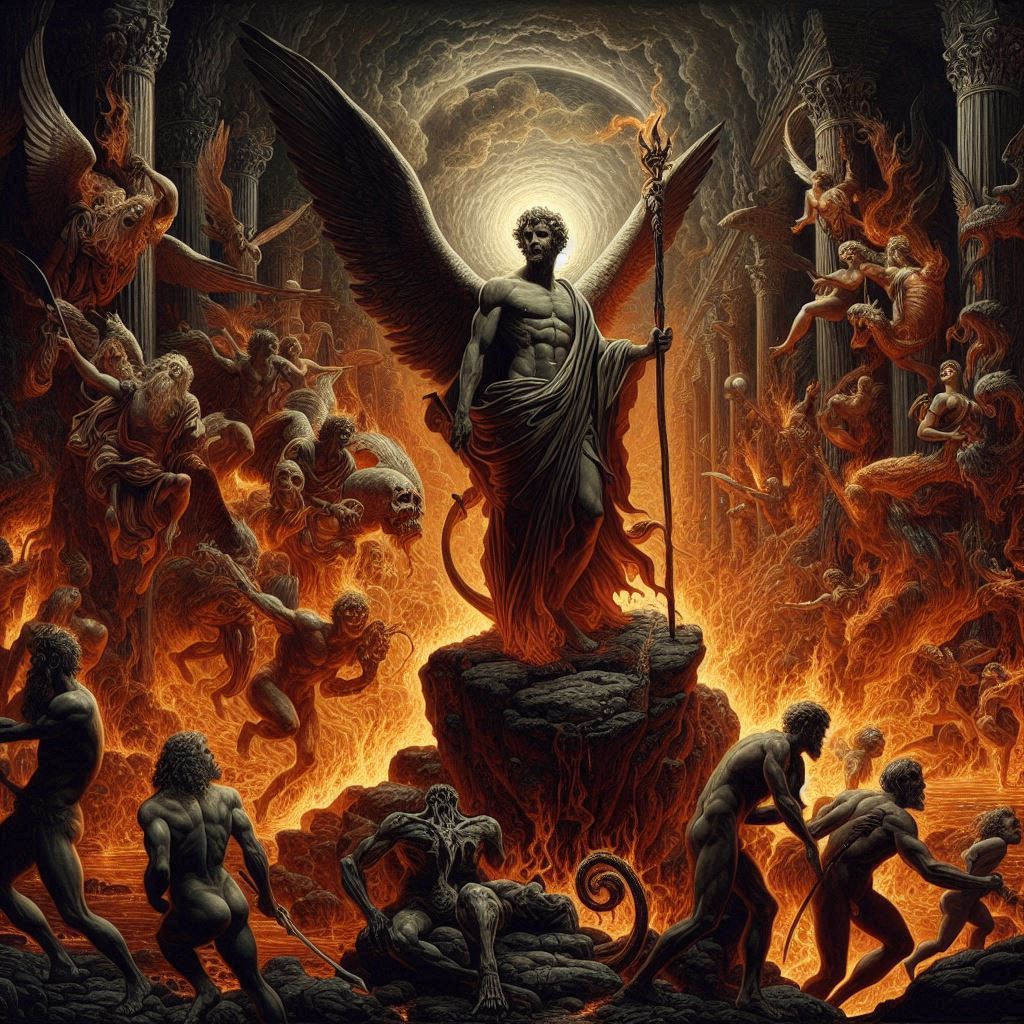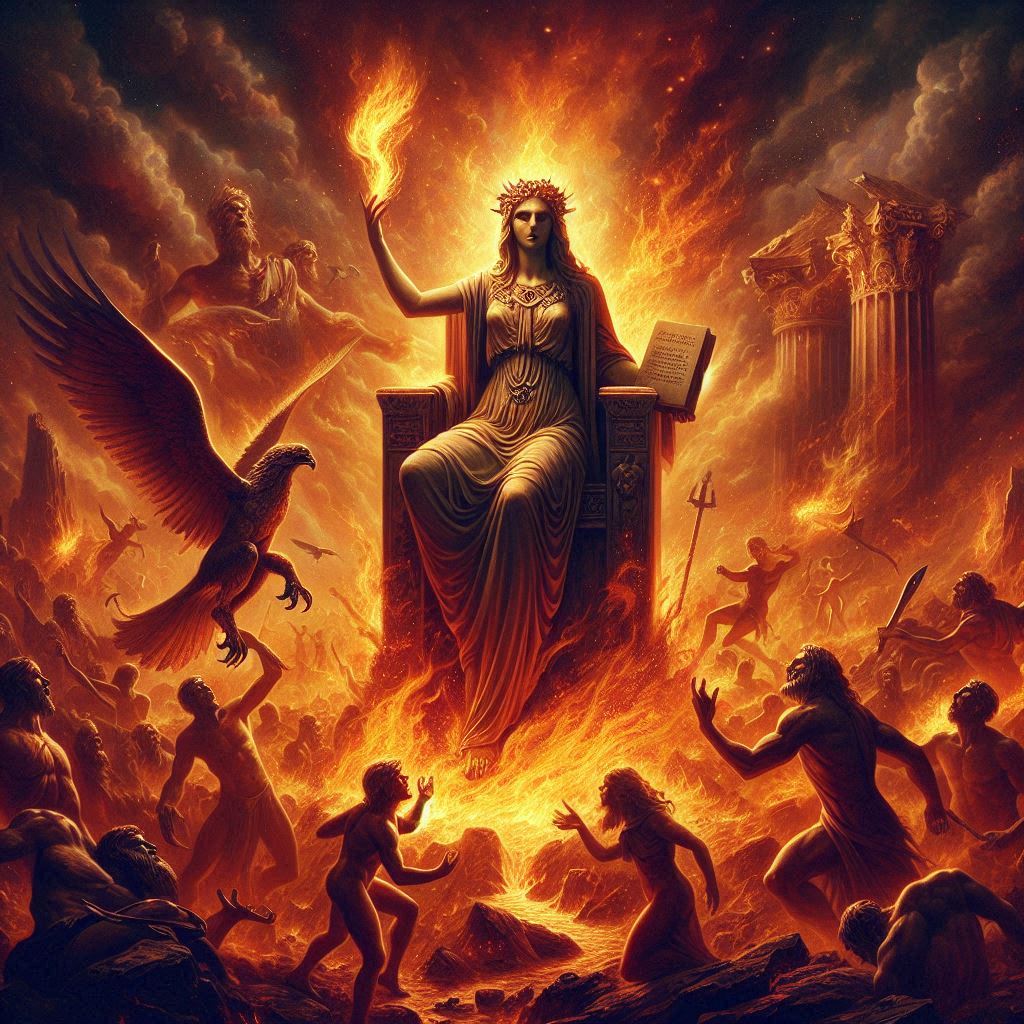James Cagney (1899-1986) was an American actor and dancer known for his dynamic and versatile performances. Rising to fame in the 1930s, Cagney portrayed tough guys and gangsters in iconic films such as “The Public Enemy” (1931) and “Angels with Dirty Faces” (1938). Despite his tough screen persona, he showcased his versatility in roles like the musical “Yankee Doodle Dandy” (1942), for which he won an Academy Award for Best Actor. Cagney’s impact on Hollywood and the entertainment industry is enduring.
Growing up in the Lower East Side of Manhattan, Cagney’s childhood was shaped by the vibrant yet challenging environment of the early 20th century. Raised in a working-class Irish American family, he developed a toughness that would later characterize many of his iconic roles. Cagney initially pursued a career in entertainment as a dancer, honing his skills in vaudeville and on Broadway.
Cagney’s big break came in 1929 when he was cast in the hit Broadway play “Penny Arcade.” His energetic and captivating performance caught the attention of Hollywood, leading to his film debut in the early sound film “Sinner’s Holiday” (1930). This marked the beginning of a career that would redefine the gangster genre and establish Cagney as a cinematic force to be reckoned with.
The early 1930s saw Cagney’s rapid ascent to stardom with a string of acclaimed performances. In “The Public Enemy” (1931), directed by William A. Wellman, Cagney delivered a breakthrough performance as Tom Powers, a charismatic but ruthless gangster. The film’s infamous grapefruit scene, in which Cagney smashes a grapefruit into the face of co-star Mae Clarke, became an iconic moment in cinema history.
Cagney’s portrayal of tough, street-smart characters endeared him to audiences, and he quickly became a symbol of the urban American experience during the Great Depression. His rapid-fire delivery, distinctive voice, and dynamic screen presence set him apart from his contemporaries. In “Blonde Crazy” (1931) and “Hard to Handle” (1933), Cagney continued to refine his persona, showcasing his versatility as an actor.
One of the defining moments of Cagney’s career came with the film “Angels with Dirty Faces” (1938), directed by Michael Curtiz. In this classic crime drama, Cagney played Rocky Sullivan, a charismatic but morally conflicted gangster. His performance, which earned him an Academy Award nomination, showcased a depth and complexity that transcended the typical gangster archetype.
Cagney’s career reached new heights in the late 1930s and early 1940s as he demonstrated his versatility in a range of roles. In the musical “Yankee Doodle Dandy” (1942), directed by Michael Curtiz, Cagney portrayed legendary entertainer George M. Cohan. The film earned Cagney the Academy Award for Best Actor, showcasing his ability to excel in both dramatic and musical roles.
During World War II, Cagney took a brief hiatus from acting to support the war effort. He served in the United States Army as a physical training instructor and entertainer, participating in various fundraising events and morale-boosting activities for the troops. His dedication to the war effort further endeared him to the American public.
Returning to Hollywood after the war, Cagney continued to impress audiences with his performances in films such as “The Strawberry Blonde” (1941) and “White Heat” (1949). The latter, directed by Raoul Walsh, featured Cagney in one of his most memorable roles as Cody Jarrett, a psychopathic gangster with a mother complex. Cagney’s explosive portrayal of Jarrett in the film’s climax, culminating in the iconic line “Made it, Ma! Top of the world!”, is considered one of the greatest moments in cinematic history.
The 1950s brought new challenges for Cagney as he faced accusations of communist sympathies during the McCarthy era. While he cooperated with the House Un-American Activities Committee (HUAC) and denied any communist affiliations, the experience left a lasting impact on him. Despite the political climate, Cagney continued to work in Hollywood, delivering notable performances in films like “Mister Roberts” (1955) and “Love Me or Leave Me” (1955).
In the 1960s, Cagney took a hiatus from acting, focusing on his other interests, including farming. However, he returned to the screen with a triumphant performance in “One, Two, Three” (1961), directed by Billy Wilder. Cagney’s portrayal of the fast-talking and exasperated Coca-Cola executive earned him critical acclaim and showcased his enduring comedic talent.
Cagney’s career continued into the late 1960s and early 1970s with films such as “Man of a Thousand Faces” (1957), a biopic about silent film star Lon Chaney, and “Ragtime” (1981), which marked his final feature film appearance. Despite health issues, including a stroke in the 1980s, Cagney’s impact on the industry remained undeniable.
James Cagney received numerous accolades throughout his career, including a Lifetime Achievement Oscar in 1974. His contributions to cinema extended beyond acting, as he became a producer and director, further showcasing his multifaceted talents. Cagney’s autobiography, “Cagney by Cagney,” published in 1976, provided insights into his life and career, offering a personal perspective on the golden age of Hollywood.
James Cagney passed away on March 30, 1986, at the age of 86. His legacy endures through the timeless quality of his performances and his influence on the gangster film genre. Cagney’s impact on Hollywood, from his early days as a charismatic tough guy to his later roles showcasing his versatility, remains an integral part of cinematic history.










